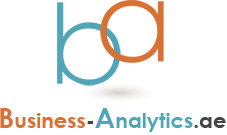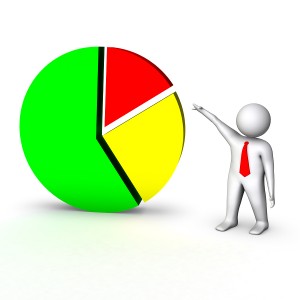
Sales analytics, forecasting get a boost from data modeling
 As analytics companies have brought a series of offerings to market, sales forecasting has come into sharper definition. You can use analytics in a couple of ways, and in forecasting the differences are important.
As analytics companies have brought a series of offerings to market, sales forecasting has come into sharper definition. You can use analytics in a couple of ways, and in forecasting the differences are important.
The first approach uses analytics to identify correlations within a data set. It's a good first approximation because some correlations provide insights into buying behaviors. We see this approach whenever we look for things like average time in a sales phase or collateral activities or purchases: Customers often buy milk when they buy cereal, for example.
Note the use of "often": The correlations don't always work, and they don't always inform us about actual buying activity. They tell us only, on average, what's going on. So, for instance, they are silent when it comes to informing us about why something that correlates goes down the drain. For better insight, you need a model.
What sales modeling adds to analytics
Models are the first step in analytics automation. Models make weather forecasting reliable today. Forecasters have sophisticated models of the interactions of oceans, land and atmosphere that analytics churn through to arrive at a forecast. Sales? Not so much.
The model of a successful sales deal should be a company's sales process, and you can derive a great deal of insight from your past successes and failures using your process. Applying analytics to well-formed sales data is the essence of forecasting. But now, recall the CSO Insights data that indicates that only half of sales organizations actually have a well-defined sales process backed up by sales force automation. This means half the organizations don't have a reliable sales model to run analytics against.
My point is that if you can combine the idea of modeling with analytics, your numbers should improve -- that's the idea behind new analytics companies like Aviso, whose approach is that a good model trumps everything. The company doesn't stop at collecting sales data but also includes a portfolio of other stuff like economic conditions and installed base business opportunities to render what it calls "total revenue intelligence." Aviso is in its early days, though it has a handful of customers who say the approach works.
Finally, Scout Analytics suggests the same kind of modeling process, which they feature as metrics. Putting multiple metrics together gives a model of a business process oriented to customer retention and high predictive value for what the customer will do next.
Which is right for you? The essential points are that you'll need to model the processes you expect to analyze, and at the same time that you build your model you should define metrics and their parameters. If you can't do the latter, the former doesn't make sense. If you can, analytics makes more sense because the correlations you identify will truly indicate causation, and that's your sweet spot.
Source: searchcrm.techtarget.com




